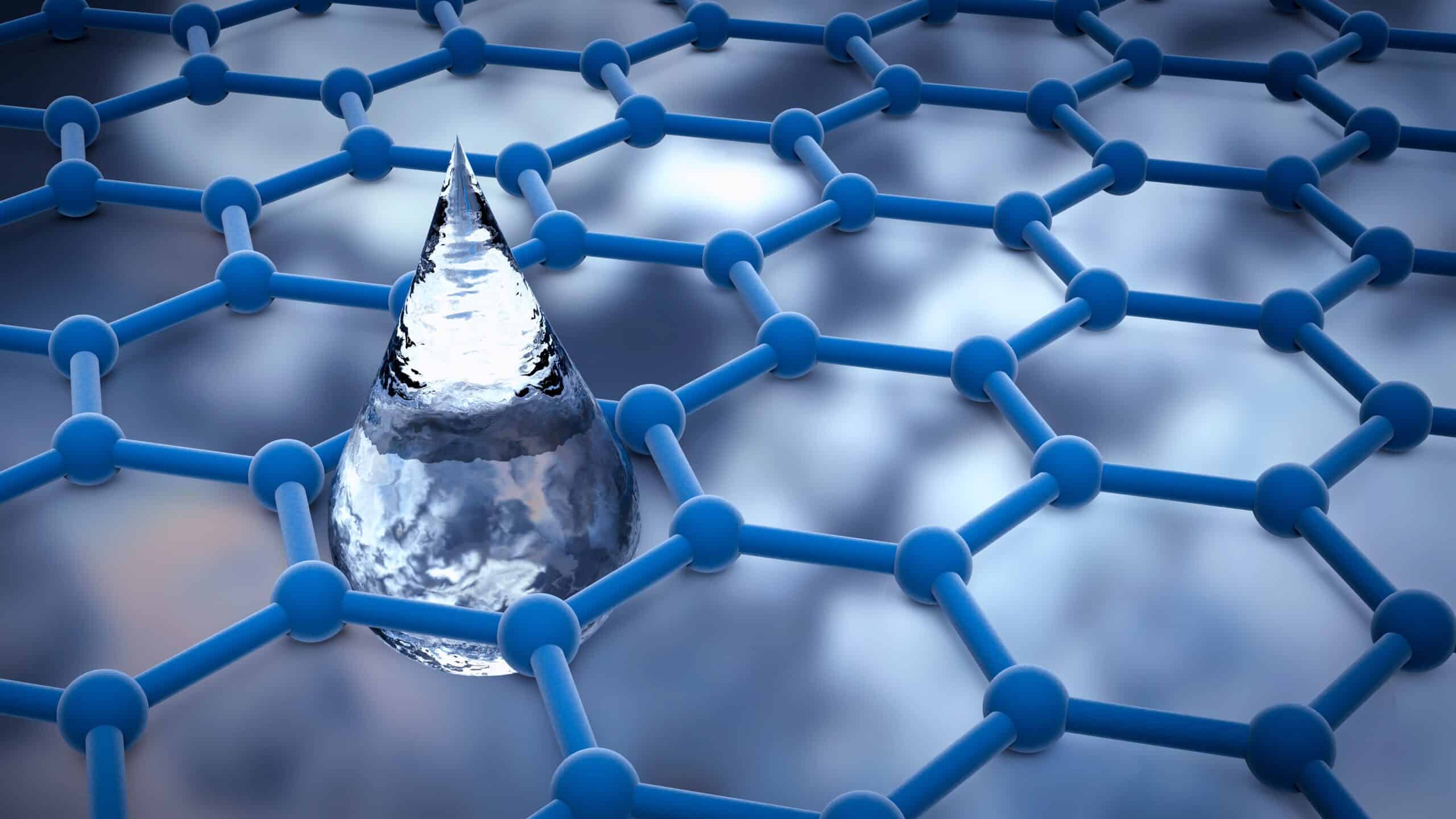Microplastics are allover – about 92% of all tap water and 93% of bottled water are contaminated with them. Undoubtedly, South Africa’s plastics and packaging sector is one of the biggest contributors to the African market. The South African plastics market has been valued at approximately US$3 billion. South Africa accounts for about 0.7% of the world market and per capita consumption of plastic.
What are Microplastics?
Microplastics are tiny plastic particles that are less than five millimeters (0.2 inches) in diameter. They can be categorized into two types – primary and secondary. Primary micro plastics are tiny particles and microfibers that are shed from commercial products such as cosmetics, clothing and other textiles, and also fishing nets. Secondary micro plastics are particles that result from the breakdown of larger plastic items, such as water bottles. Researchers found that secondary micro plastics make up the majority of micro plastics.
Microplastics are categorized as ‘emerging contaminants. It is only more recently that experts have started to differentiate between micro plastics (1 mm – 1 µm) and nano plastics (less than 1 µm). There is a wide range of different man-made materials (e.g. polyethylene, polystyrene, polyvinyl chloride, teflon etc.), each of which is found in different forms in our drinking water.
Threat
The main source of micro- and nano plastics comes from various manufacturing activities; like those utilized in a multitude of consumer products and the breakdown of plastic products. Sources include:
- tire dust
- fishing gear
- paint dust
- microbeads
- plastic bottles
- food packaging
The problem with plastic, is that it does not decompose, it disintegrates and disseminates. The smaller the plastic particle, the bigger problem it is, as nano plastics can penetrate the cells of our body. Estimates indicate that each of us consume up to 5 grams of micro plastics with our food every week. That is as much as one credit card.
Solutions
It’s believed that, more than 8.3 billion tons of plastic have been produced and most of it will not be recycled. By the year 2050, there will be an accumulated volume of 12 billion tons of plastic debris in the environment. As traditional methods such as filtration or oxidation are not suitable for tackling the problem of nanoscale plastic particles, we have until now been faced with a supposedly invincible problem.
Reverse osmosis, also known as RO, is a membrane technology that uses a semipermeable medium to remove certain ions and particles from a liquid. RO removes contaminants based on their particle size and charge; generally anything that is 0.0001 µm or larger. Reverse osmosis is one of the best treatment options for removing micro- and nano plastic contaminants in the water. Reverse osmosis is incredibly comprehensive and can remove almost all plastic particles in the water; even contaminants like chlorine, bacteria, viruses, heavy metals, fluoride, VOCs, minerals, salts, and pharmaceuticals up to 99.9% effectiveness.
We have a wide range solution that are designed to provide maximum purity from the water – speak to us for more information on some of our reverse osmosis systems.

